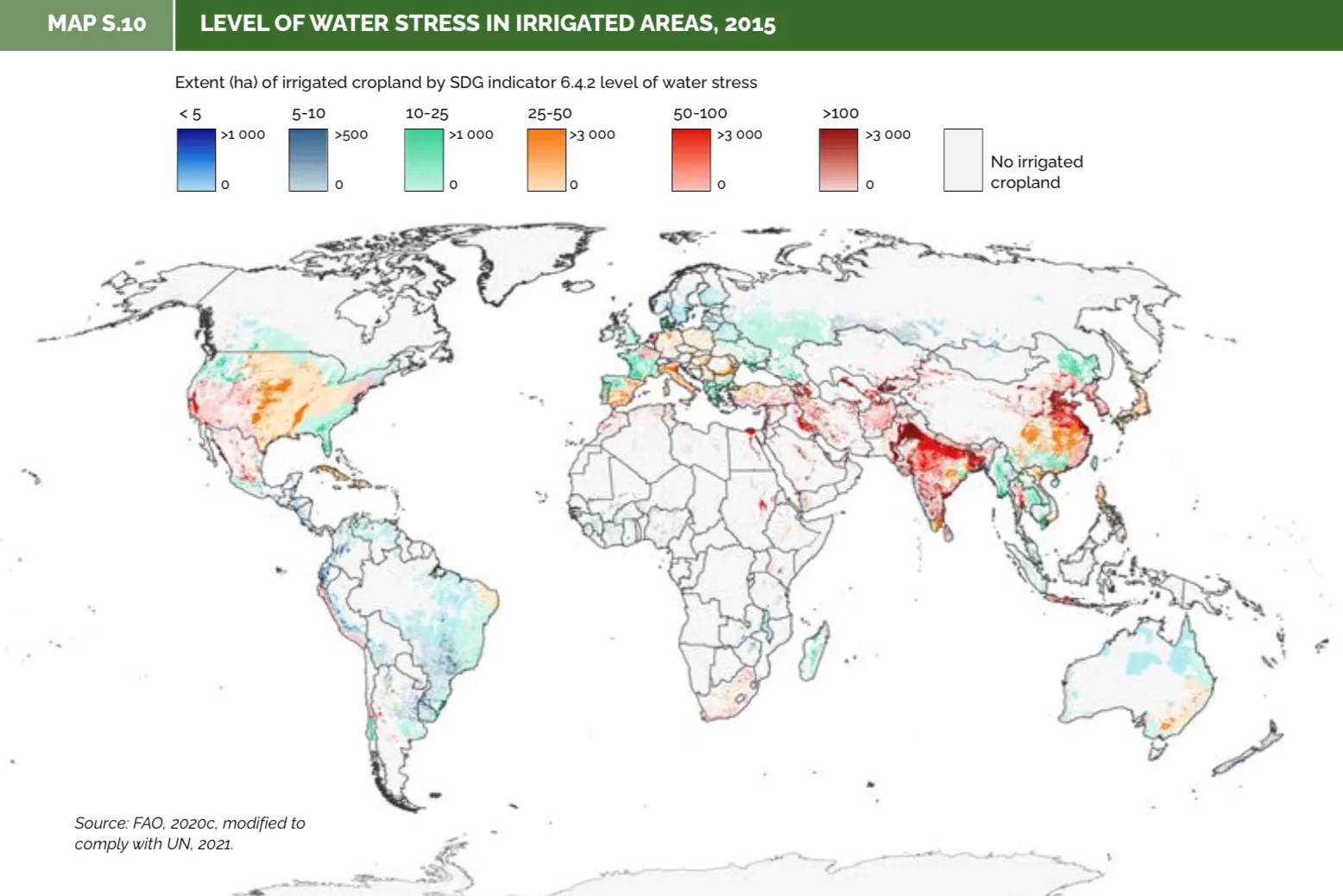Investing In Desalination

Image Source: Pixabay
Saline water has a variety of applications. Desalination is the procedure, and it is being used more frequently all over the globe to supply people with the fresh water they require.
Removing the dissolved salt from saltwater is the "simple" barrier that needs to be cleared in order to convert seawater to freshwater. It might appear straightforward to simply boil some seawater in a pan, collect the vapor, and then condense it back into water (distillation). Although there are alternative methods, the present technological processes are costly, energy-intensive, and require large-scale facilities in order to be useful to big populations.
In many arid areas of the world, the lack of freshwater resources and the need for additional water supplies are already serious issues and will become more so in the future. Simply put, many arid regions lack accessible water sources of freshwater, like rivers and lakes. They might only have a small supply of underground water, some of which are getting more brackish as the water withdrawal from the aquifers goes on. Nature uses solar desalination evaporation to create rain, which is the primary supply of freshwater on earth.
Over 300 million people worldwide get their water from desalination facilities, according to the International Desalination Association. The Claude "Bud" Lewis Carlsbad Desalination Facility, the biggest desalination facility in North America, is situated close to San Diego, California. It costs roughly twice as much as other water sources while producing about 10% of the groundwater used by the region's 3.1 million residents. In California, there are currently 11 desalination plants, and another 10 have been suggested. Israel's Sorek Desalination Plant, the biggest desalination facility in the world, is situated south of Tel Aviv and generates over 137 million gallons of potable water daily. The Carlsbad facility, however, creates about 50 million gallons of water a day.
If freshwater is so limited, why aren't there more desalination plants?
The expense of operating desalination plants is the main reason why we don't see more of them. Water readily dissolves salt, but it takes a lot of energy to separate the chemical bonds.
The expense of running a plant increases with energy consumption, and desalination technology has a high upfront cost.
Based on country-level reporting for 2018, the projected annual global groundwater withdrawals for irrigated agriculture are 820 km. In comparison to 2010, when an estimated 688 km? of water was withdrawn for irrigated agriculture, this indicates a 19% increase. Over 30% of agriculture's freshwater flows come from groundwater, and this number is increasing at a rate of about 2.2 percent per year.
Due to the much lower conveyance losses connected with irrigation using groundwater, the portion of incremental evapotranspiration (consumption) over irrigated areas that can be ascribed to groundwater is estimated to be 43 percent.
(Click on image to enlarge)

The use of groundwater is already limited. It is heavily exploited along highly productive coastal plains where saline intrusion is a continuous threat, as well as in most major continental aquifers. Stressed irrigation areas are highly correlated with heavy groundwater use and dwindling aquifers.
ETFs with a concentration in desalination -

More By This Author:
Watch Out For The Volatility Gremlins
Momentum/Trend Following Does Well In Inflationary Periods
The Built-In Return Advantage Of Avoiding Loss
Disclaimer: These illustrations are not a solicitation to buy or sell any ETF. I am not an investment advisor/broker




Nice ESG investing idea.